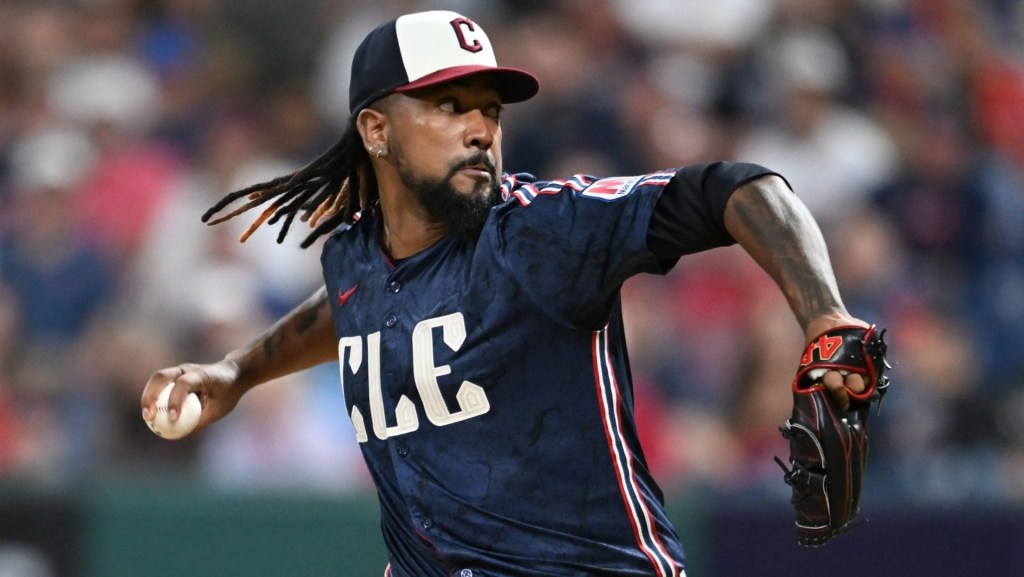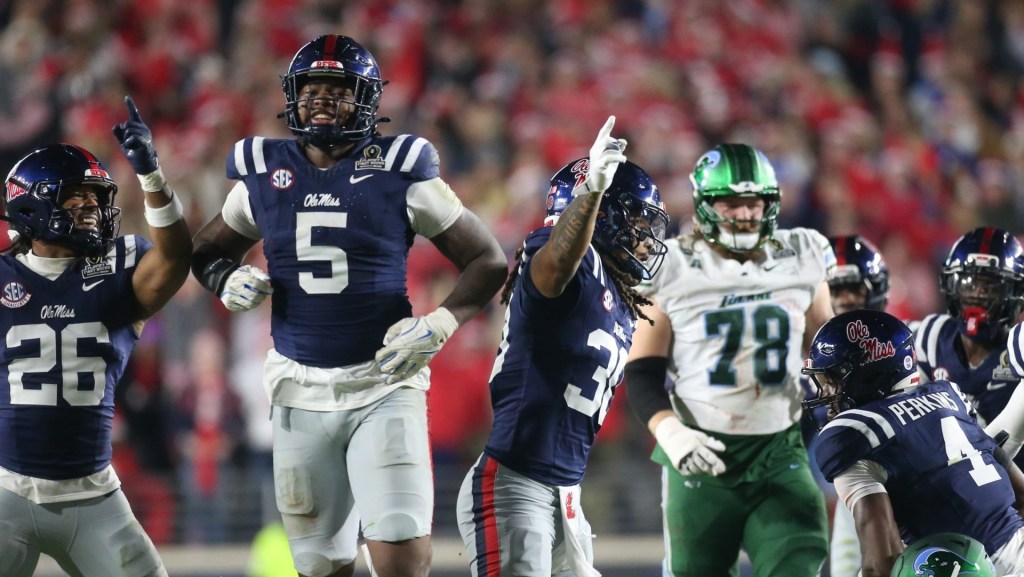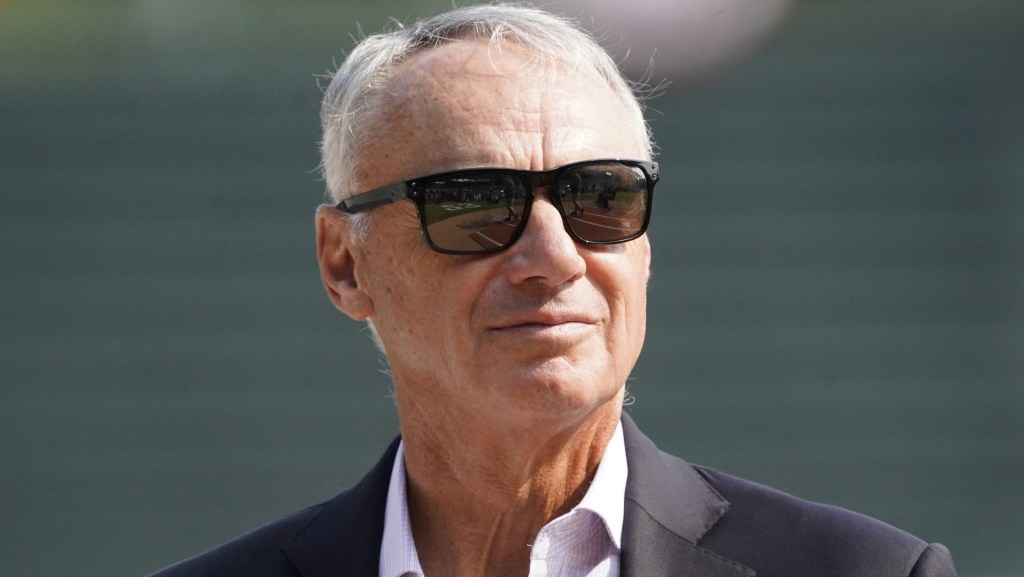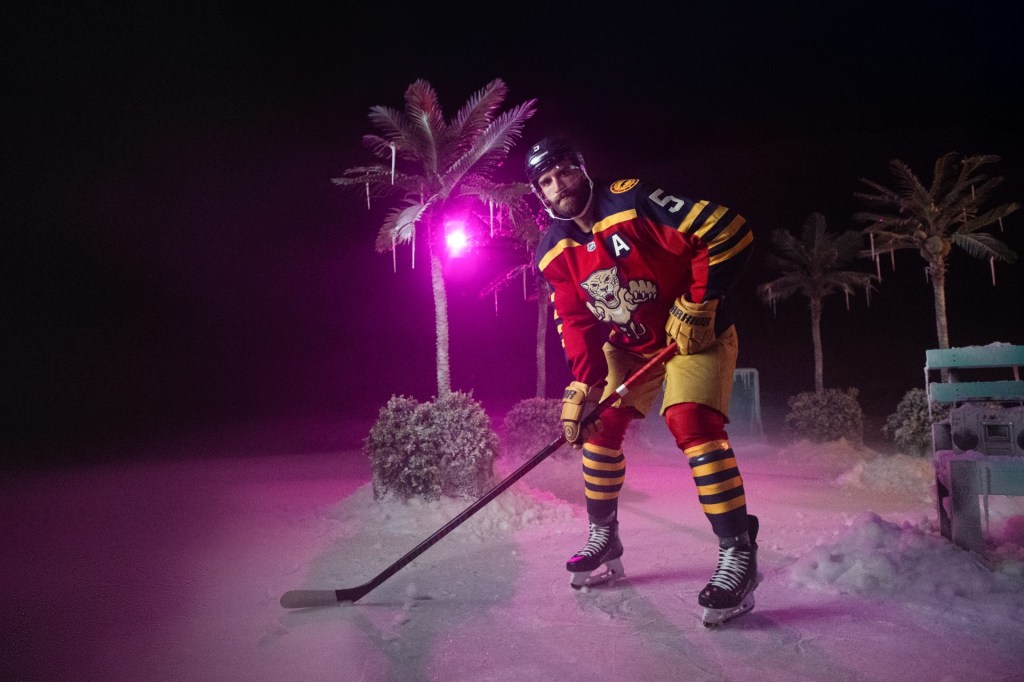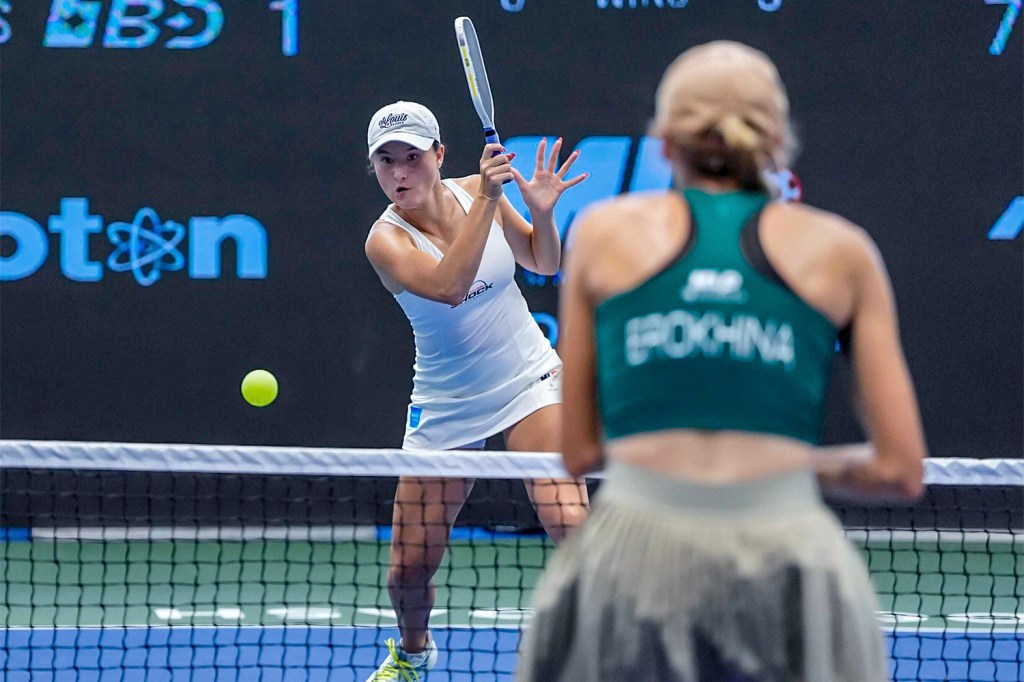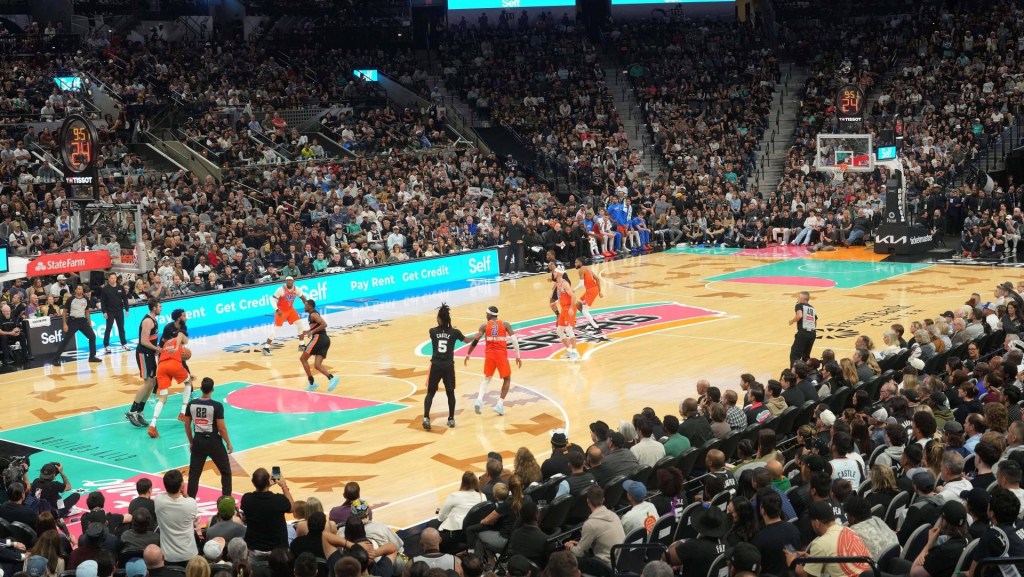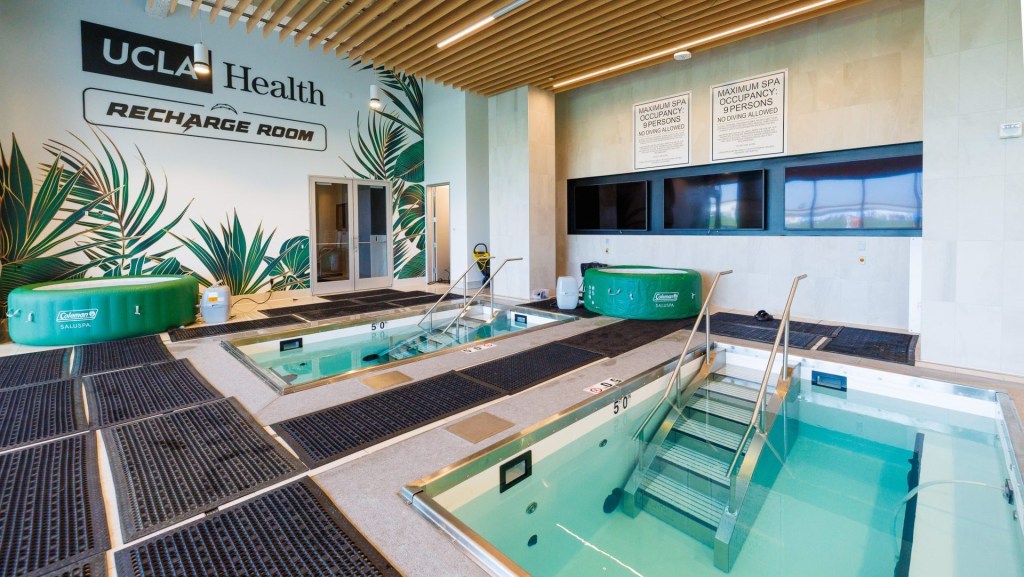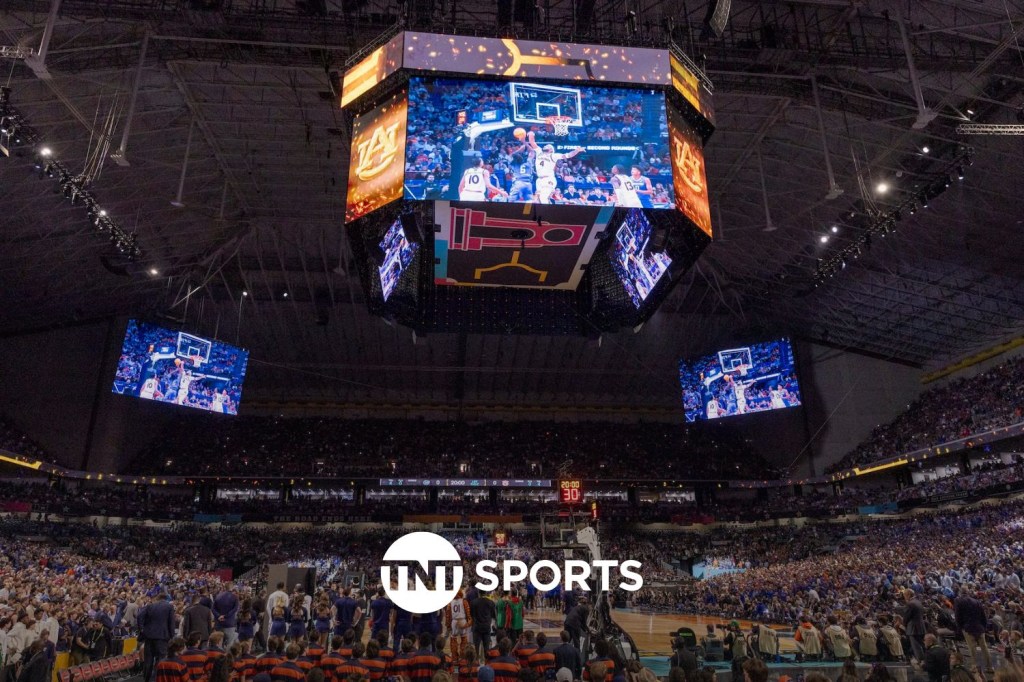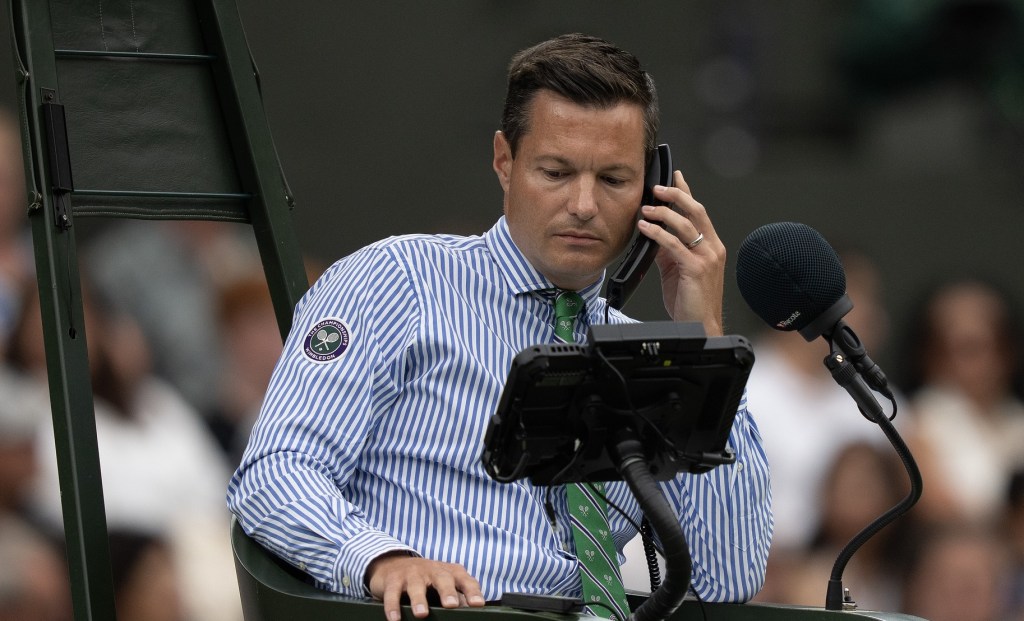Mariners catcher Cal Raleigh took the title at the Home Run Derby Monday night in Atlanta defeating the Rays’ Junior Caminero 18–15—but not without the help of a technology that decided a round by the slimmest of margins.
During Raleigh’s head-to-head matchup with Athletics designated hitter Brent Rooker to advance to the semifinals, both sluggers tied with 17 homers. On the first round of tiebreaker, Raleigh and Rooker tied again with both home runs measuring 471 feet—or so it seemed.
The broadcast declared another round of hitting would continue, before a graphic appeared on the ESPN broadcast that Raleigh was the winner. Raleigh’s 470.61 feet to Rooker’s 470.53 feet, a difference of less than a tenth of an inch.
“You know, maybe if they have it to the decimal point, they should display that during the Derby and not wait till everyone’s done to bring out that information, that might be helpful,” Rooker complained after the Derby.
The tracking system, created by the ubiquitous sports tracking company Hawk-Eye, claims to have a margin of error of around half an inch, less than the inch or so that Raleigh won by.
Hawk-Eye is a system of cameras that measures angles to exact contact points and calculate a precise trajectory. It is also used in tennis to mark balls in or out of play, with an advertised margin of error of 0.14 inches.
Alan M. Nathan, a physics professor at the University of Illinois who specializes in baseball, said he is skeptical about Hawk-Eye’s stated margin of error on batted balls.
“When you talk about a home run distance, what you really are talking about is how far that ball would have gone had it come back to home plate level,” Nathan told Front Office Sports on Tuesday. “Most home runs don’t do that. They land in the stands somewhere. And then you have to estimate how much further it would have gone had there been no stands there to land in—and I think those estimates can be done fairly well—but almost surely not to better than an inch. I mean, there’s absolutely no way. I don’t believe it.”
Nathan has worked in the past using Trackman technology to do baseball experiments, which uses radar instead of cameras, and said that it had a margin of error of up to six inches. In that experiment, it knew exactly where the ball landed without having to predict.
This close of a competition potentially cost Rooker, who will make $4 million in 2025, as much as $850,000. Raleigh took home $1 million, Caminero won $750,000 for runner-up and the rest claimed $150,000 each.
“I would be surprised if they can do it to better than a foot. Maybe to a foot,” Nathan said. “Unless they can demonstrate that they can achieve that level of accuracy that they claim, unless they can demonstrate that with real data, then I don’t believe it.”
Hawk-Eye and MLB did not respond to requests for comment.


